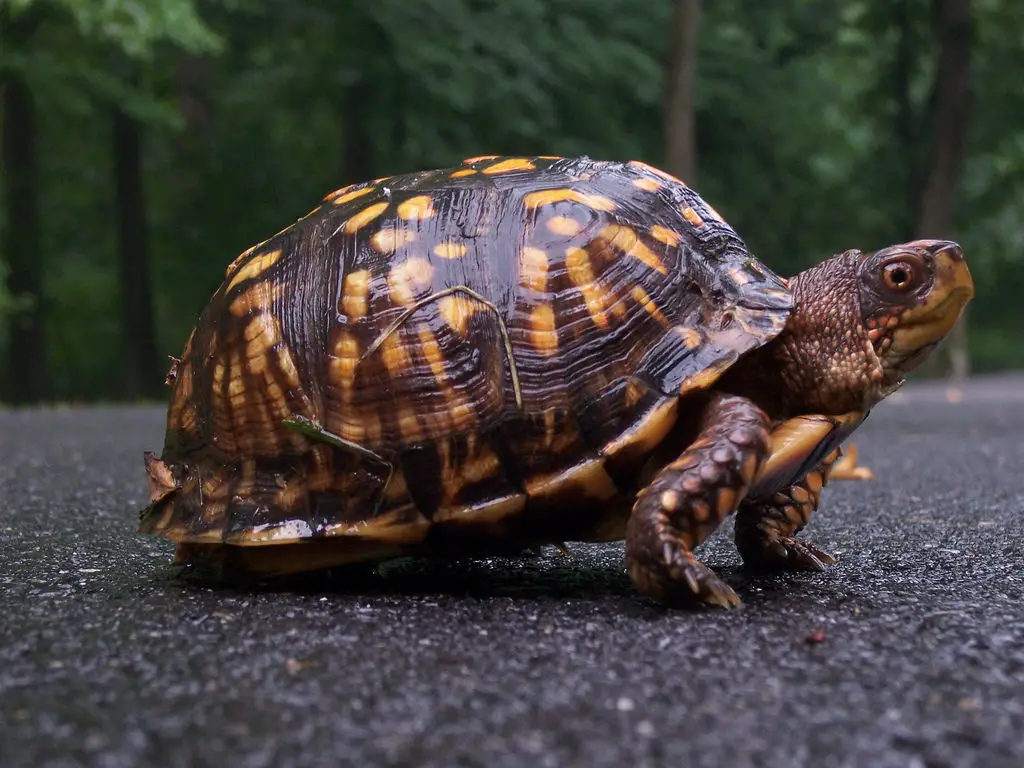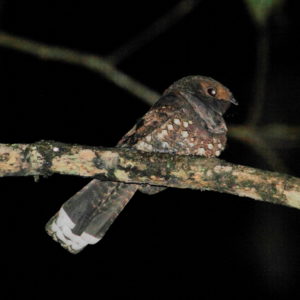Hibernation Facts For Kids
Fun Facts About Hibernation For Kids

Today we are going to talk about all things hibernation. I wanted to have a article that had some fun hibernation facts for kids after my kids started asking some questions about it the other day. My daughter and I decided to dig in and start really learning about hibernation and how it works. My kids wanted to know how bear hibernation works, and I honestly didn’t have all the answers, and figured there were others out there like me that knew hibernation happens, but didn’t really know the specifics.
To start off, were going to talk about the hibernation definition. It’s important to understand the meaning of hibernation before going into actual animals that hibernate. Once we define hibernation, in the hibernation definition section, we will start talking about individual animals and how their hibernation works.
There are more animals that hibernate than you probably know. It’s common knowledge that bears hibernate, but did you know that chipmunks and raccoons hibernate too? There are some other more exotic animals that hibernate as well, like the box turtle. We will also briefly touch on all those animals.
My daughter and I are doing some deep digging on hibernation. We want to fully explore everything about hibernation, so this can the be only place you have to visit to learn everything you need. Let’s get started!
Hibernation Definition
Hibernation Facts For Kids – Meaning of Hibernation
Hibernation Definition – Hibernation is a state of inactivity and metabolic depression in endotherms. Hibernation refers to a season of heterothermy that is characterized by low body temperature, slow breathing and heart rate, and low metabolic rate.
Whoa, those are some big words, what the heck does all that mean?!?! Let’s break it down.
When the animals main food supply like green plants and insects are in short supply, usually winter, animals instinctively have a way to solve this problem.
The solution to their problem is hibernation. Hibernation is a deep sleep that helps animals survive in the winter time and save energy without eating much food.
An animals breathing and heartbeat slows down and body temperature reduces so it does not use much energy.
Animals need additional body fat during the winter cold months to be able to hibernate effectively. This requires them to spend a period of time before the winter starts eating a lot of excess food to build up their body fat.
It’s important to understand that there are two different types of fat in animals. Brown fat and regular white fat. It is stored around their lungs, brain and heart and sends quick bursts of energy to warm these vial organs.
There are turtles, frogs and fish that will take shelter under fallen leaves, rocks and logs in the water. When the weather gets colder they will move down into the bottom of ponds lakes and even burrow in the mud.
Some insects also hibernate by burrowing in holes in the ground, in rotting logs and under tree bark.
Some animals go into such a deep sleep, it’s almost impossible to wake them, they could even appear dead.
When it gets really cold some animals will wake up for a short period of time to shiver to warm themselves. Depending on how bad the weather is and how bad they need it, they may take a moment to go to the bathroom in a designated area of their hibernation area. They will also take a few bites of food they may have stored to give them the nutrition they need to keep going on.
Before we go on to all the animals that hibernate, let’s take a look at some fun facts about hibernation for kids. If you just want to see some of the animals that hibernate, scroll down to check them out!
♦ Depending on the animal hibernation can last a few days or up to a few months.
♦ Some animals do what’s called estivate. This means they rest during extreme heat and droughts. Some animals that do this are salamanders, lungfish and hedgehogs.
♦ When an animal is hibernating, their central nervous system will sound the alarm and wake them up when it get’s too cold. This gives them a chance to move around, shiver and get warm and eat if necessary.
♦ You want to watch out for hibernating bears. They can be very grumpy and aggressive if bothered during their hibernation period.
♦ It was discovered in the 1940’s that the common poorwill bird is the only known bird that actually hibernates for months at a time. They say scientists discovered this in the 1940s, but the Hopi people of the Southwest called the species “the sleeping one”. So maybe they figured it out before scientists.
♦ The only known primate or tropical mammal to hibernate is the fat-tailed dwarf lemur. They will burrow in holes of trees and hibernate for up to 7 months at a time.
♦ When a black bear is preparing for hibernation, they can gain up to 30 pounds a week.
♦ Big brown bats can go an entire winter without eating, but they have to wake up to drink. The incredible part is they have to lower the hear beat to stay alive . They can reduce their heart beat from 1000 beats per minute all the way down to 25 beats per minute. They slow down their body so much, that they take one breath every 2 hours.
♦ Mother bears usually give birth during hibernation. Usually the first few months of a cubs life is during the hibernation period for the mother bear.
♦ Bee hibernation is absolutely fascinating. Bee’s are unable to fly when the temperature drops below 50 degrees. Honeybees will huddle together in the center of their hive, the queen being in the very middle staying the warmest, this is called a winter cluster. The bees will actually rotate from the outside to the inside to ensure all bees get to stay warm.
♦ When it gets cold, garter snakes also hibernate. Hopefully you never run into hibernating garter snakes, they gather in groups of hundreds or even thousands to keep each other warm.
Hibernation Facts For Kids
Different Animals That Hibernate
Now we are going to take a look at some of the different animals that hibernate. I plan on going into much more detail for some of these animals. If the title is a link, you can click it for more information about that animals specific hibernation. Check out some of the animals below!
Bear Hibernation Facts For Kids
Bear hibernation is probably the most common and widely known type of animal hibernation. There are actually 4 different species of bear that hibernate. Black bear, grizzly bear, brown bear and polar bear. The scientific community is actually divided about bears and hibernation. Some people claim bears are the perfect hibernator’s, while others claim that they technically don’t hibernate at all.
To find out more, click the link above fore more amazing bear hibernation facts for kids.
Snake Hibernation Facts For Kids
Snakes actually brumate, a process similar to hibernation but not exactly the same. They stick close to each other and slow down their metabolic rate until the sun comes back out to heat themselves up. Snakes are cold blooded and do not have the ability to regulate their temperatures. To learn more snake hibernation facts for kids, click the link above!
Turtle Hibernation Facts For Kids
Turtles must take very drastic measures to survive in the winter. Believe it or not, turtles become even slower in the winter time when temperatures cool down. They will hibernate in areas that have seasons of cold weather. Some aquatic turtles will hibernate under the water but land based turtles will often steal burrows from other animals or dig their own. Box turtles are a pretty common pet, and owners must know and understand how to care for them during their hibernation period. Click the link above more more turtle hibernation facts.
Squirrel Hibernation Facts For Kids
Squirrels and chipmunks are actually debated when it comes to hibernation. The technical answer for squirrels when it comes to hibernation is that they do not. They store food in their homes and do not like cold weather. They sleep a lot huddled in their home, using stored food to get through the winter. When there is a break in weather however, a squirrel will come out of home and venture out into the warmer weather to collect more food and eat.
Hedgehog Hibernation Facts For Kids
Unlike the last few animals listed, there is no debating that hedgehogs definitely hibernate. They follow the hibernation definition. They drop their body temperature to match their surroundings and enter a state of torpor. They slow down all their bodily functions which allows them to save as much energy as possible. Check out more about hedgehog hibernation by clicking the link above!
Hibernation In Other Animals
There are several other animals that hibernate or at least go into a hibernation type state. Check out some below.
- Bearded Dragon Hibernation
- Hamster Hibernation
- Frog Hibernation
- Groundhog Hibernation
- Bat Hibernation
- Raccoon Hibernation
- Ladybug Hibernation
- Alligator Hibernation
[poll id=”7″]
Hibernation Activities For Preschool and Kindergarten
Hibernation is a lot of fun to learn about. It’s truly an amazing natural occurrence that shows just how complex and intricate the natural world is. It’s fun to teach and learn about hibernation. I wanted to provide a few fun hibernation activities for preschool and kindergarten age children. Anything to help teach kids about hibernation is a win according to me. Let’s take a look at some fun hibernation activities for preschool and kindergarten age kids below.
Freezing Food
During the winter months the temperature is very cold and food becomes hard to get and scarce for animals. To help kids understand how much harder food is to collect try this activity,
Fill some ice cube trays with water and place a grape or whatever piece of small fruit you want inside each section.
Pop out the ice cubes and provide one to each child involved with the activity. Have them try to smell the fruit through the ice. Then challenge them to get the fruit out from within the ice cube.
Once they have completed the activity ask them how challenging it was to get the fruit. Have them compare how hard it is to get the fruit compared to how it would be if the fruit was not frozen. Imagine how much harder it would be to find the fruit with your nose.
Lastly, explain this is why animals hibernate. Food becomes so much harder to get and find in winter, animals need to hibernate.
For more great hibernation activities for kids, check out the site below!
Hibernation Activities For Preschool and Kindergarten
Hibernation Video For Kids
Check out this great hibernation video for kids below. It does a great job explaining hibernation and going over some of the important themes involved. Enjoy!
Fun Facts About Hibernation For Kids Conclusion
Thank you so much for stopping by. I hope that you learned a lot about hibernation today. Hibernation is truly miraculous and deserves to be learned and taught. It’s common knowledge that hibernation is a thing, but many people don’t actually know what is involved.
It’s good to understand the meaning of hibernation and learn the hibernation definition. Please, go share what you learned with your parents or if your a parent share with your kids. It’s fun learning about hibernation and it should be shared with everyone you know!
Check out some of our other fun fact pages below!
Hibernation Facts For Kids




